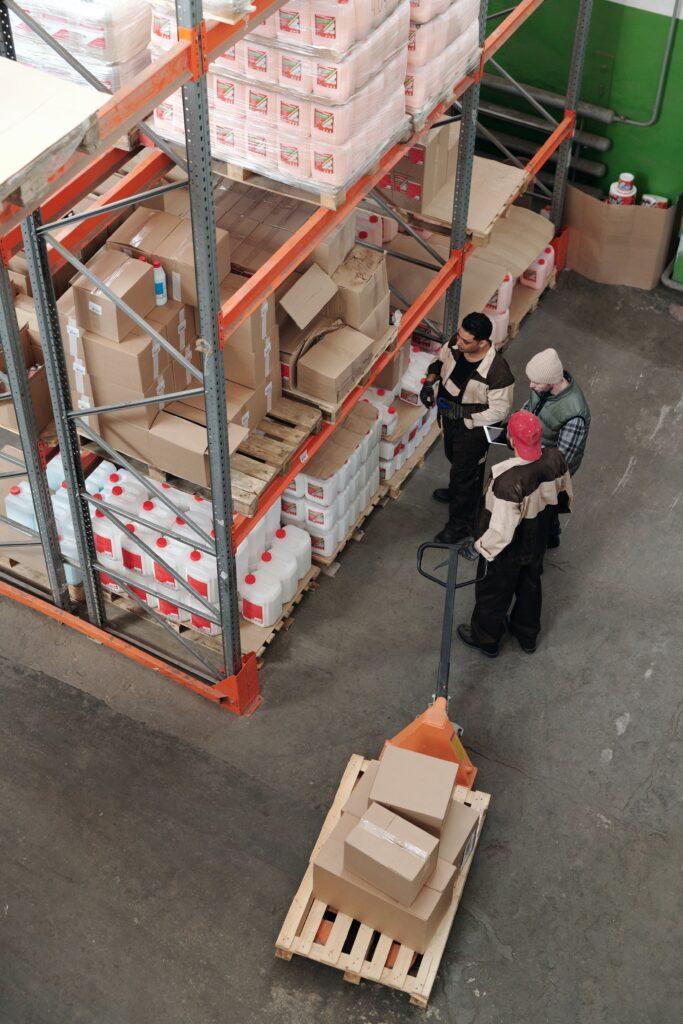Solvent Storage, Disposal, and Shipping: Best Practices and Requirements

Solvent Storage, Disposal, and Shipping: Best Practices and Requirements
Solvents are incredibly versatile and valuable tools in various industries, but with this utility comes the responsibility of Solvent Storage. To ensure the safety of our customers, their workspaces, and the environment, it’s crucial to follow best practices for solvent storage, handling, disposing of, and shipping.
Understanding these essential guidelines not only minimizes the potential for accidents but maintains compliance with local, state, and federal regulations to avoid penalties and fines.
In this comprehensive guide, we’ll cover the following vital aspects related to solvent storage, disposal, and shipping requirements:
1. Proper solvent storage guidelines for maintaining the integrity, safety, and longevity of solvents.
2. Safe and environmentally responsible disposal methods to minimize hazards and comply with regulations.
3. Essential shipping requirements, including proper labeling, packaging, and documentation to ensure safe and compliant transportation.

By mastering these crucial aspects, you’ll be able to manage solvents effectively, ensuring the safety of your workspace, colleagues, and the environment while remaining legally compliant. Familiarizing yourself with these best practices not only allows for a more efficient and productive operation but also demonstrates your commitment to safety, environmental responsibility, and maintaining a high standard of care.
Join us as we delve into the world of solvent storage, disposal, and shipping requirements, equipping you with indispensable knowledge to safely and responsibly manage these essential substances in your industry or hobby. With an in-depth understanding of the guidelines and best practices, you can ensure a safe, compliant, and successful experience when working with solvents.
The Essential Guide to Proper Solvent Storage, Disposal, and Shipping Requirements
Working with solvents, whether in an industrial setting or a home extraction project, requires a strong understanding of proper storage, disposal, and shipping procedures. By adhering to best practices and regulatory requirements, you can help protect yourself, your workspace, and the environment while avoiding penalties and fines. In this essential guide, we’ll explore the vital aspects of solvent management to ensure your processes are safe and compliant.
Proper Solvent Storage Techniques
To maintain the quality and safety of solvents, it’s crucial to pracstore them correctly. Here are some tips for effective solvent storage:
– Store solvents in tightly sealed containers made of appropriate materials that resist corrosion and leaks.
– Follow manufacturer recommendations for temperature and humidity ranges to avoid potential hazards and maintain solvent quality.
– Clearly label all solvent containers with their names, hazard symbols, and expiration dates.
– Separate solvents according to their hazard classes to prevent dangerous interactions in the event of leaks or spills.
– Store flammable solvents in fire-resistant cabinets and keep them away from ignition sources.
– Establish a designated storage area with proper ventilation to minimize the risk of fumes accumulation.
– Periodically inspect your storage area and containers for signs of leakage, damage, or deterioration.

Environmentally Responsible Solvent Disposal
To minimize environmental impact and adhere to regulations, proper solvent disposal is essential. Follow these guidelines for responsible disposal:
– Consult your local hazardous waste disposal facility for specific instructions and requirements related to your solvents.
– Adhere to federal, state, and local regulations for proper disposal, including any reporting or documentation requirements.
– Never dump solvents down the drain, into sewers, or onto the ground, as this can cause environmental harm and lead to penalties.
– Consider solvent recycling or recovery options, which can save money and minimize waste by reusing solvents for future applications.
– Before disposing of empty solvent containers, ensure they are clean, dry, and free of residue as per local guidelines.
Shipping Requirements for Solvents
Ensuring the safe and compliant transportation of solvents is crucial. Stay informed of the necessary shipping requirements, including labeling, packaging, and documentation:
– Familiarize yourself with the United States Department of Transportation’s (USDOT) Hazardous Materials Regulations (HMR) when shipping solvents within the US. For international shipping, consult the International Air Transport Association’s (IATA) Dangerous Goods Regulations and other relevant international guidelines.
– Properly package solvents to minimize the risk of leakage, breakage, or damage during transit. Use approved packaging materials designed to withstand pressure changes, temperature fluctuations, and vibration.
– Clearly label packages with the appropriate hazard symbols and other regulatory identifiers, such as the UN number, proper shipping name, and hazard class.
– Prepare the required documentation, including a hazardous materials shipping declaration and a safety data sheet (SDS) for each solvent being shipped.
– Train staff involved in the shipping process on the proper handling of hazardous materials, packaging, and documentation requirements.

Training and Safety Measures for Solvent Management
Implementing a comprehensive training program and safety measures are essential for proper solvent management:
– Ensure all staff members working with solvents are familiar with the specific solvent storage, hazards, handling procedures, and personal protective equipment (PPE) requirements for each solvent they use.
– Train staff on emergency procedures, including how to respond to spills, leaks, fires, or exposure incidents involving solvents.
– Regularly perform safety audits to evaluate your processes, equipment, and storage areas for potential hazards or violations.
– Maintain up-to-date safety data sheets (SDSs) for each solvent on-site, ensuring employees have easy access to essential safety and handling information.
Conclusion
Solvent storage, disposal, and shipping guidelines are crucial components of safe, responsible, and legally compliant solvent management. Whether you’re an industrial manufacturer or a home extraction hobbyist, understanding and adhering to best practices will help protect you, your workspace, and the environment from potential hazards.
Are you looking for a reliable source of information on solvent use and management? Look no further than Simple Solvents! Our team is committed to providing you with the resources and education you need to work with solvents safely and responsibly. Whether you’re a beginner or a seasoned pro, we’ll help you stay up-to-date on best practices and regulations for using solvents, including the popular heptane solvent. Trust us to help you create a safer, cleaner, and more efficient industry. Contact us today to learn more!
